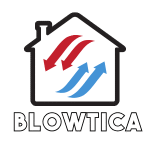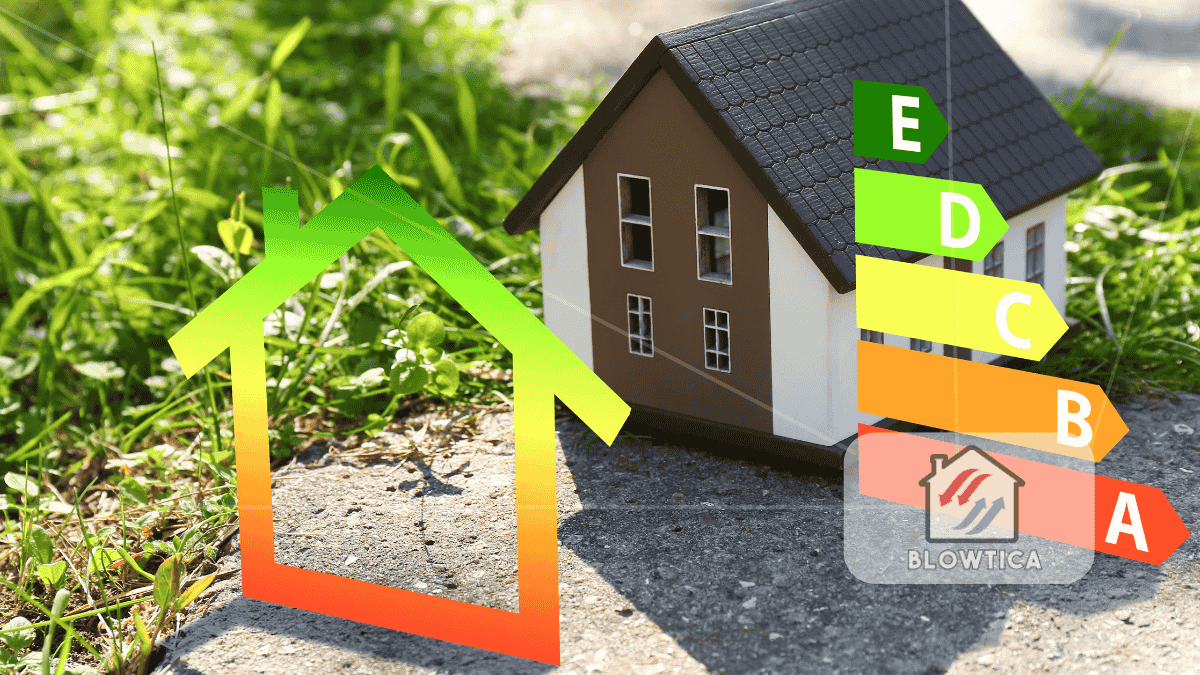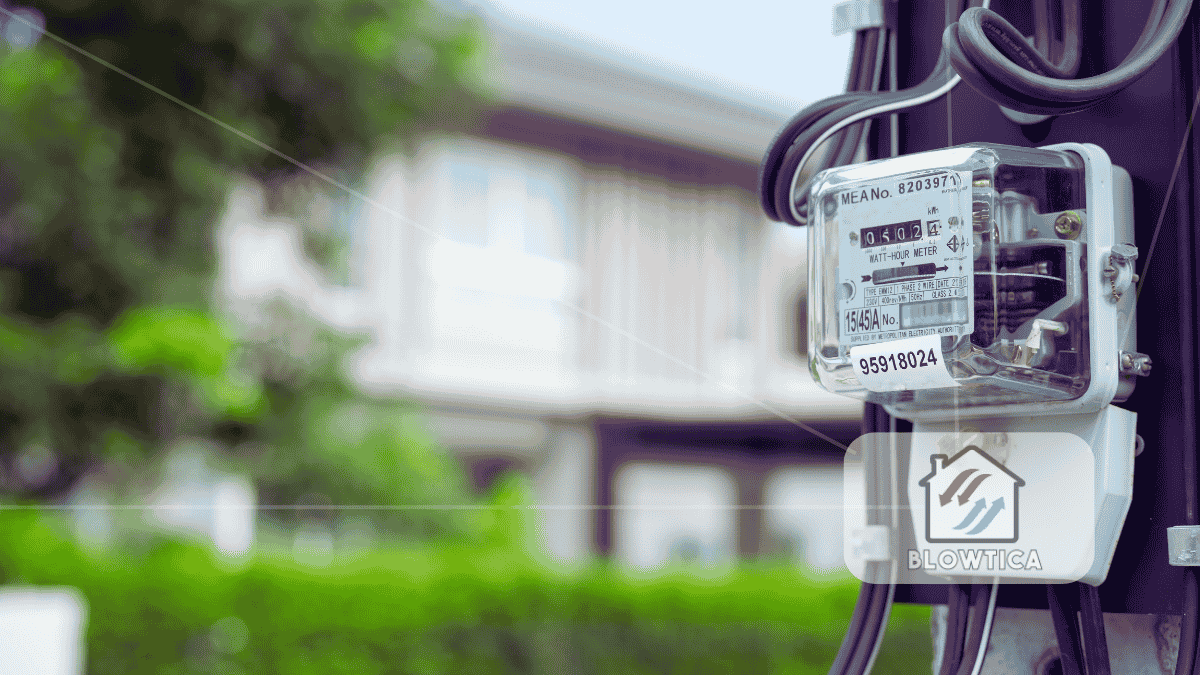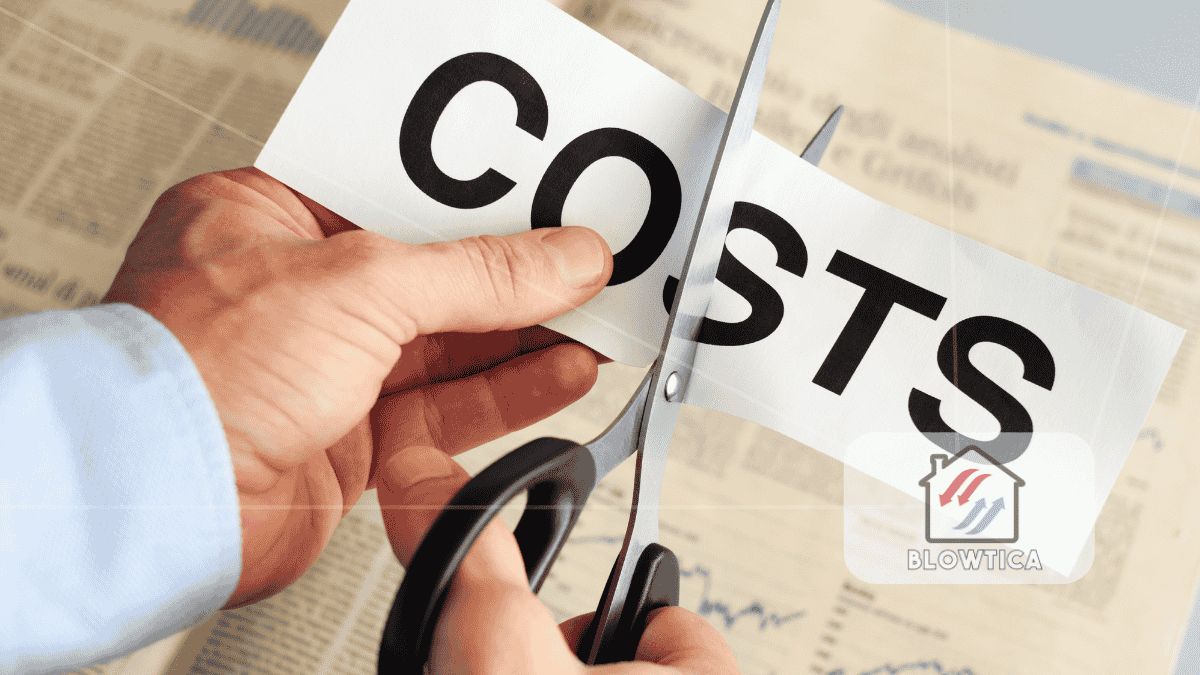
The HVAC industry is on the brink of a major transformation. Starting in 2025, the Environmental Protection Agency (EPA) will begin implementing new regulations that phase out R-410A refrigerant. These rules are part of a broader initiative to lower greenhouse gas emissions and foster more environmentally friendly practices across the heating, ventilation, and air conditioning sector. The new EPA HVAC rules in 2025 will not only change how systems are manufactured and maintained but also influence consumers’ purchasing decisions.
Why R-410A is Being Phased Out
R-410A has been the dominant refrigerant in residential and commercial HVAC systems for nearly twenty years. It replaced R-22, which was banned due to its ozone-depleting effects. However, R-410A, while ozone-friendly, has a high Global Warming Potential (GWP). With a GWP of over 2,000, it contributes significantly to climate change.
To align with the international Kigali Amendment to the Montreal Protocol, the United States is taking steps to reduce the use of high-GWP hydrofluorocarbons (HFCs) like R-410A. The new EPA HVAC rules in 2025 are a direct response to this global environmental commitment.
Key Provisions of the New EPA HVAC Rules in 2025
The EPA’s updated regulations will usher in several important changes:
- Manufacturing Ban: Production of new HVAC systems using R-410A will cease.
- Import Reductions: R-410A imports will be tightly regulated, creating a gradual decline in availability.
- Servicing Guidelines: Existing systems can still be serviced, but the EPA encourages retrofitting with alternative refrigerants where feasible.
- Mandatory Labeling: All new systems must clearly label the refrigerant type, along with detailed compliance information.
- Updated Standards: Safety and performance criteria will be revised to accommodate the characteristics of alternative refrigerants.
These rules represent more than regulatory red tape, they signal a structural shift in how HVAC professionals operate and what consumers can expect from their systems.
What Refrigerants Are Replacing R-410A?
As the sun sets on R-410A, new refrigerants are taking the stage. Two front-runners R-32 and R-454B are gaining traction due to their lower GWP and compatibility with updated HVAC systems.
- R-32: With a GWP of 675, R-32 offers a significant reduction in environmental impact. It’s widely used in Asia and Europe, making its adoption in the U.S. more seamless. Technicians will need updated safety training due to its mild flammability.
- R-454B: An even lower GWP alternative, R-454B stands at 466. It’s seen as a drop-in replacement for R-410A in many new systems. HVAC manufacturers like Carrier and Trane are already designing units around this refrigerant.
The new EPA HVAC rules in 2025 support this transition by setting clear standards that encourage the use of these climate-friendly options.
Broader Industry Impact
The effects of these rules go far beyond refrigerant selection. They will ripple through the entire HVAC ecosystem:
- Manufacturers must invest in research and development to create compliant equipment.
- Distributors will adjust inventory strategies and train their sales teams on the new technologies.
- Technicians must update their certifications and learn to handle flammable or higher-pressure refrigerants safely.
- End Users homeowners and facility managers will need to consider refrigerant type, lifecycle costs, and environmental impact when upgrading or replacing systems.
This transition will likely drive up short-term costs. However, over the long run, improved system efficiency and reduced environmental harm are expected to offset the initial investment.
Compliance and Enforcement Measures
To ensure widespread adoption of these changes, the EPA will implement a rigorous enforcement strategy. This will include:
- Routine Inspections: Site checks for compliance with labeling and refrigerant handling rules.
- Record-Keeping Audits: Businesses must maintain detailed service logs and installation records.
- Penalties: Non-compliance could result in significant fines, particularly for repeat offenders.
As a result, companies in the HVAC space are being urged to prioritize training and documentation practices starting now.
The Role of Training and Certification
Technical training is becoming a cornerstone of successful compliance. Organizations like HVAC Excellence, NATE, and manufacturer-led programs are updating their curricula to include:
- Refrigerant-specific safety procedures
- Proper recovery and recycling techniques
- Installation best practices for new system designs
Technicians certified under these programs will be better equipped to navigate the evolving regulatory landscape.
Consumer Considerations
The new EPA HVAC rules in 2025 aren’t just for industry insiders. Homeowners and property managers also need to be proactive. When shopping for a new system, consider:
- Refrigerant Type: Does the system use a low-GWP refrigerant?
- Lifecycle Costs: Energy efficiency can lead to long-term savings.
- Availability of Parts: Will parts and refrigerants still be accessible in 5-10 years?
Educated consumers can make smarter, future-proof choices that benefit both their wallets and the environment.
Industry Readiness and Recommendations
Industry associations like AHRI (Air-Conditioning, Heating, and Refrigeration Institute) and HARDI (Heating, Air-conditioning & Refrigeration Distributors International) have been preparing for these shifts. They recommend:
- Inventory Planning: Stock up on parts and equipment aligned with the new standards.
- Client Education: Build trust by informing clients about regulatory changes.
- Workforce Development: Invest in employee training and certification to ensure safety and compliance.
- Technology Investments: Explore diagnostic tools and software that support the new refrigerants.
Companies that act now will have a competitive advantage when the rules take full effect.
Long-Term Advantages
Despite the challenges, the new EPA HVAC rules in 2025 present multiple long-term benefits:
- Environmental Gains: Significant reduction in emissions linked to climate change.
- Energy Efficiency: Many next-gen systems use less energy, lowering operational costs.
- Innovation Acceleration: The shift opens doors to cutting-edge HVAC technologies.
- Global Alignment: Syncs U.S. practices with international environmental agreements.
The transition is a win-win: better for the planet, better for the industry, and ultimately, better for the consumer.
Conclusion
The new EPA HVAC rules in 2025 mark a watershed moment for climate-conscious regulation in the United States. By eliminating R-410A, the EPA is encouraging a shift toward smarter, more sustainable technologies. HVAC professionals and consumers alike must adapt to these sweeping changes.
Those who prepare now, through education, updated inventory, and strategic planning, will be well-positioned to lead in a market that values efficiency and environmental responsibility. As we approach 2025, staying informed and taking action are the keys to success in this new era of HVAC evolution.







